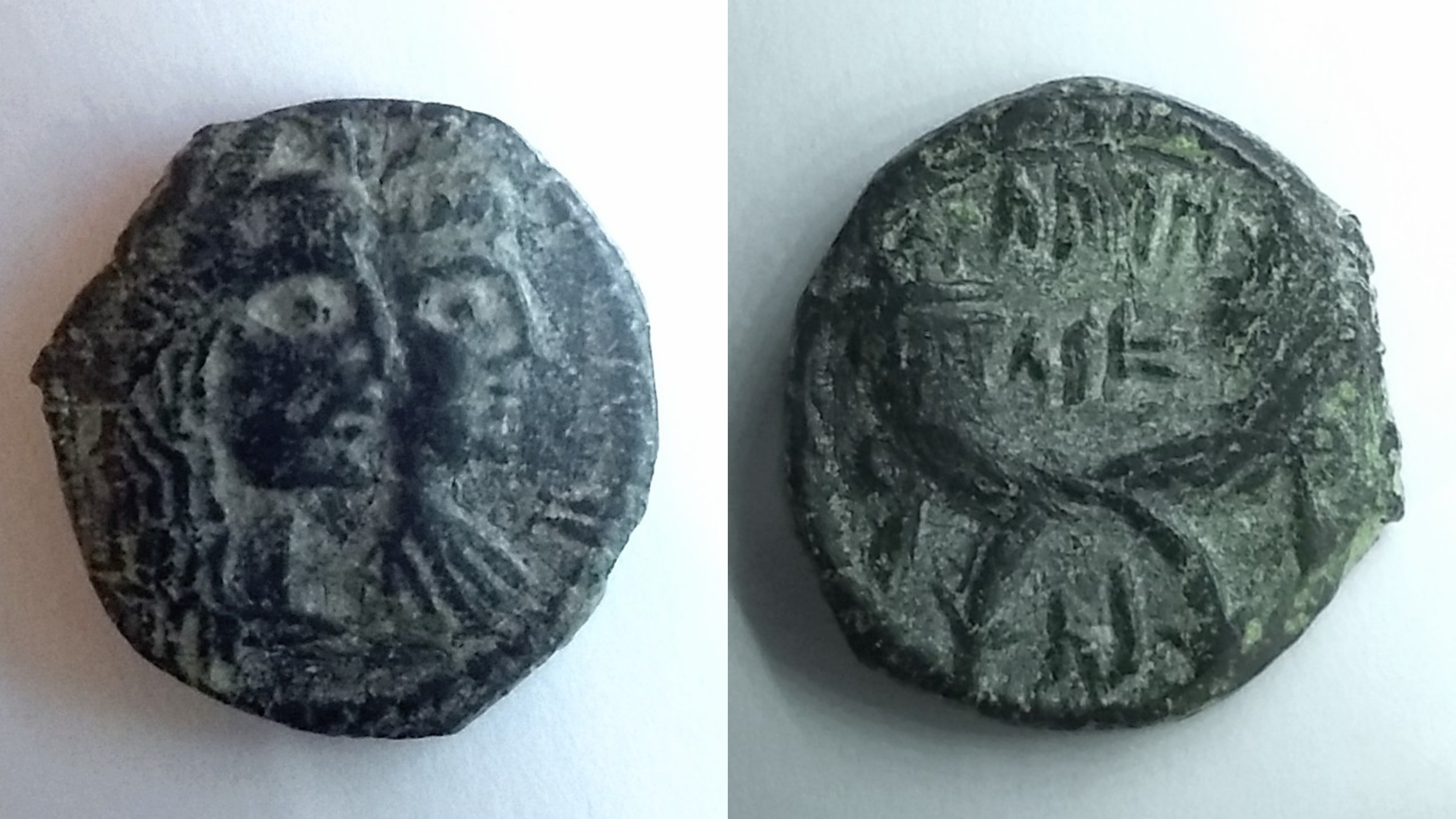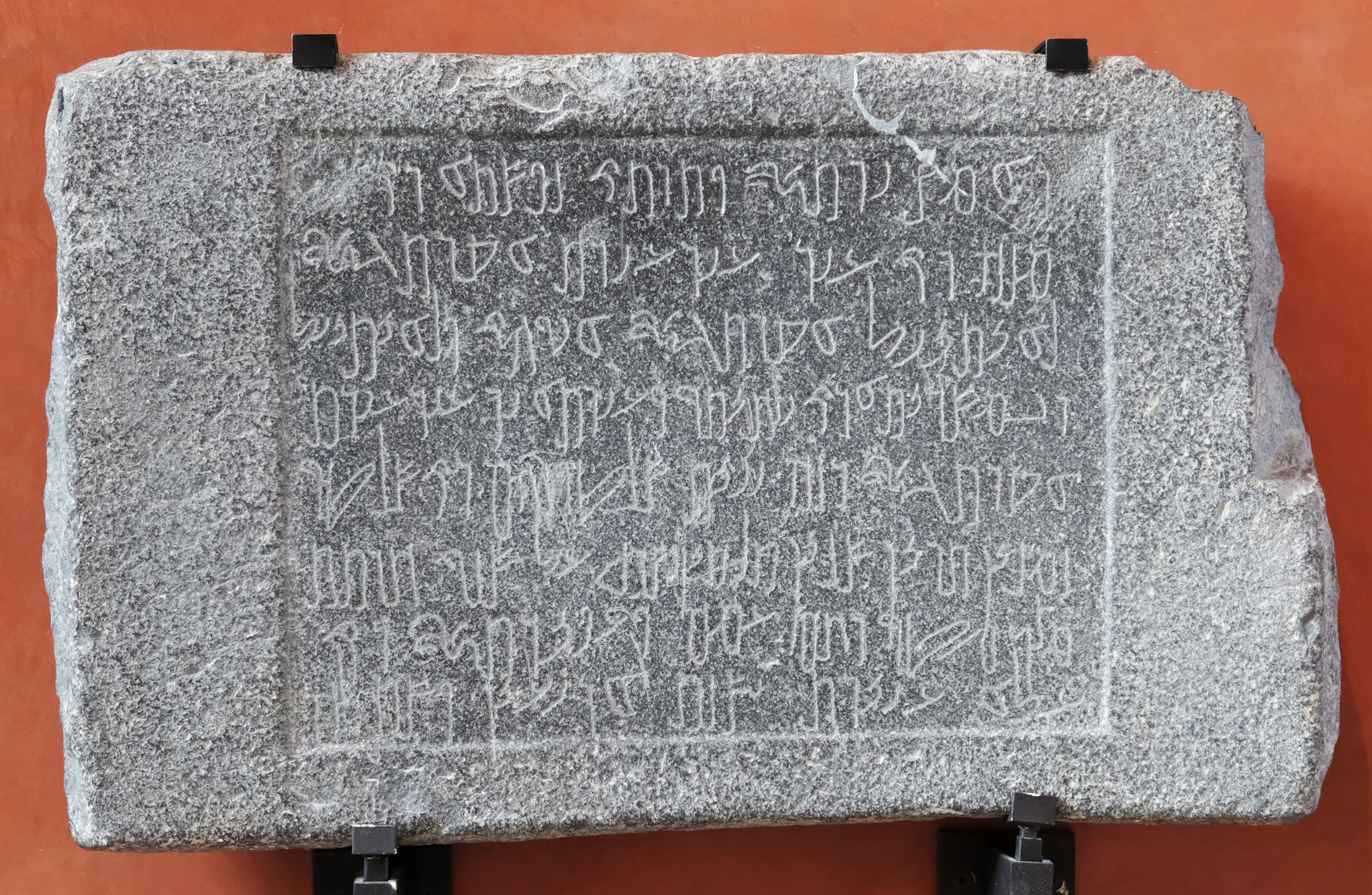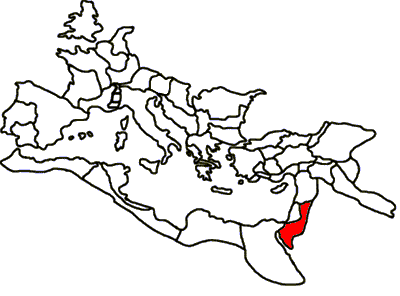|
Shaqilath
Shaqilath (Nabataean Aramaic: , ''ŠQYLT''; also spelled ''Shaqilat'', ''Shaqeela'', ''Shaqeelah'', ''Šagīlat'') was a queen of the Nabataeans. She was the second wife and co-ruler of Aretas IV of the Nabataeans in AD 16–40. She married King Aretas IV in 16 AD and had four children with him: Hagru or Hajir, Malik, Jameelah and Shaqilath II. Her role as queen and her proximity to the king is emphasized by her title "the Sister of the King". During the reign of King Aretas IV and Shaqilat, the trades expanded to distant areas in the ancient world and industry, commerce and civilization of the Nabataeans flourished. Copper and silver coins where she is depicted with her husband have been recovered and they offer expressive examples and models of the Nabataean civilization in terms of the culture of clothing. See also * List of rulers of Nabatea * Shaqilath II Shaqilath II (Nabataean Aramaic: , ''ŠQYLT''; fl. 70), was a queen of the Nabataeans. She was the daughter of A ... [...More Info...] [...Related Items...] OR: [Wikipedia] [Google] [Baidu] |
Aretas IV Philopatris
Aretas IV Philopatris (Nabataean Aramaic: 𐢗𐢓𐢆 𐢊𐢛𐢞𐢞 𐢛𐢊𐢒 ''Ḥārīṯat Rāḥem-ʿammeh'', "Aretas, friend of his people") was the King of the Nabataeans from roughly 9 BC to AD 40. His daughter Phasaelis was married to, and divorced from, Herod Antipas. Herod then married his stepbrother's wife, Herodias. It was opposition to this marriage that led to the beheading of John the Baptist. After he received news of the divorce, Aretas invaded the territory of Herod Antipas and defeated his army. Rise to power Aretas came to power after the assassination of Obodas III, who was apparently poisoned. Josephus says that he was originally named Aeneas, but took "Aretas" as his throne name. An inscription from Petra suggests that he may have been a member of the royal family, as a descendant of Malichus I. The capital of his kingdom was a prosperous trading city, Petra, some 170 miles south of Amman. Petra is famous for the many monuments carved into ... [...More Info...] [...Related Items...] OR: [Wikipedia] [Google] [Baidu] |
Shaqilath II
Shaqilath II (Nabataean Aramaic: , ''ŠQYLT''; fl. 70), was a queen of the Nabataeans. She was the daughter of Aretas IV of the Nabataeans. She ruled jointly with her husband Malichus II in 40–70. After his death she was regent for her son Rabel II in 70–76 AD. Copper and silver coins where she is depicted with her husband, and coins of her with her son, have been recovered. Some of these coins are dated with regnal years to the left of the queen. See also * List of rulers of Nabatea * Shaqilath Shaqilath (Nabataean Aramaic: , ''ŠQYLT''; also spelled ''Shaqilat'', ''Shaqeela'', ''Shaqeelah'', ''Šagīlat'') was a queen of the Nabataeans. She was the second wife and co-ruler of Aretas IV of the Nabataeans in AD 16–40. She married Kin ... References in Power" last accessed January 10, 2007* Dated Coins of Antiquity Cohen 1st-century Nabataean monarchs 1st-century women rulers {{MEast-hist-stub ... [...More Info...] [...Related Items...] OR: [Wikipedia] [Google] [Baidu] |
List Of Rulers Of Nabatea ...
The Rulers of Nabataea, reigned over the Nabataean Kingdom (also rendered as ''Nabataea'', ''Nabatea'', or ''Nabathea''), inhabited by the Nabateans, located in present-day Jordan, southern Syria, southern Israel and north-western Saudi Arabia. The queens of the later Nabataean Kingdom figure side by side with their husbands as co-rulers on their coins. List See also *Lists of office-holders References {{Reflist Sources''Jewish Virtual Library''*Martha Ross, ''Rulers and Governments of the World – Vol1, Earliest Times to 1491''. London & New York: Bowker Publishing Company, 1978. Nabataean monarchs Nabatea Nabataeans Nabatea Nabatean The Nabataeans or Nabateans (; Nabataean Aramaic: , , vocalized as ; Arabic: , , singular , ; compare grc, Ναβαταῖος, translit=Nabataîos; la, Nabataeus) were an ancient Arab people who inhabited northern Arabia and the southern Lev ... [...More Info...] [...Related Items...] OR: [Wikipedia] [Google] [Baidu] |
Coin Of Aretas IV And Shaqilath
A coin is a small, flat (usually depending on the country or value), round piece of metal or plastic used primarily as a medium of exchange or legal tender. They are standardized in weight, and produced in large quantities at a mint in order to facilitate trade. They are most often issued by a government. Coins often have images, numerals, or text on them. ''Obverse'' and its opposite, ''reverse'', refer to the two flat faces of coins and medals. In this usage, ''obverse'' means the front face of the object and ''reverse'' means the back face. The obverse of a coin is commonly called ''heads'', because it often depicts the head of a prominent person, and the reverse ''tails''. Coins are usually made of metal or an alloy, or sometimes of man-made materials. They are usually disc shaped. Coins, made of valuable metal, are stored in large quantities as bullion coins. Other coins are used as money in everyday transactions, circulating alongside banknotes. Usually the highest value ... [...More Info...] [...Related Items...] OR: [Wikipedia] [Google] [Baidu] |
Nabataean Aramaic
Nabataean Aramaic is the Aramaic variety used in inscriptions by the Nabataeans of the East Bank of the Jordan River, the Negev, and the Sinai Peninsula. Compared to other varieties of Aramaic, it is notable for the occurrence of a number of loanwords and grammatical borrowings from Arabic or other North Arabian languages.Butts, Aaron M"North Arabian Features in the Nabataean Aramaic Inscriptions from Madāʼin Ṣāliḥ: A Contact-Linguistic Analysis" in G.J. Brooke et al. (eds), ''Near Eastern and Arabian Essays: Studies in Honour of John F. Healey'' (Journal of Semitic Studies Supplement 41; Oxford: Oxford University Press), 39–57. Attested in several dozen longer dedicatory and funerary inscriptions and a few legal documents from the period of the Nabataean Kingdom, Nabataean Aramaic remained in use for several centuries after the kingdom's annexation by the Roman Empire in 106 AD. Over time, the distinctive Nabataean script was increasingly used to write texts in the Arab ... [...More Info...] [...Related Items...] OR: [Wikipedia] [Google] [Baidu] |
Nabataeans
The Nabataeans or Nabateans (; Nabataean Aramaic: , , vocalized as ; Arabic language, Arabic: , , singular , ; compare grc, Ναβαταῖος, translit=Nabataîos; la, Nabataeus) were an ancient Arab people who inhabited northern Arabian Peninsula, Arabia and the southern Levant. Their settlements—most prominently the assumed capital city of Petra, Raqmu (present-day Petra, Jordan)—gave the name ''Nabatene'' ( grc, Ναβατηνή, translit=Nabatēnḗ) to the Arabian borderland that stretched from the Euphrates to the Red Sea. The Nabateans emerged as a distinct civilization and political entity between the 4th and 2nd centuries BCE,Taylor, Jane (2001). ''Petra and the Lost Kingdom of the Nabataeans''. London: I.B.Tauris. pp. 14, 17, 30, 31. . Retrieved 8 July 2016. with Nabataean Kingdom, their kingdom centered around a loosely controlled trading network that brought considerable wealth and influence across the ancient world. Described as fiercely independent by cont ... [...More Info...] [...Related Items...] OR: [Wikipedia] [Google] [Baidu] |
1st-century Nabataean Monarchs
The 1st century was the century spanning AD 1 ( I) through AD 100 ( C) according to the Julian calendar. It is often written as the or to distinguish it from the 1st century BC (or BCE) which preceded it. The 1st century is considered part of the Classical era, epoch, or historical period. The 1st century also saw the appearance of Christianity. During this period, Europe, North Africa and the Near East fell under increasing domination by the Roman Empire, which continued expanding, most notably conquering Britain under the emperor Claudius (AD 43). The reforms introduced by Augustus during his long reign stabilized the empire after the turmoil of the previous century's civil wars. Later in the century the Julio-Claudian dynasty, which had been founded by Augustus, came to an end with the suicide of Nero in AD 68. There followed the famous Year of Four Emperors, a brief period of civil war and instability, which was finally brought to an end by Vespasian, ninth Roman emperor, a ... [...More Info...] [...Related Items...] OR: [Wikipedia] [Google] [Baidu] |






